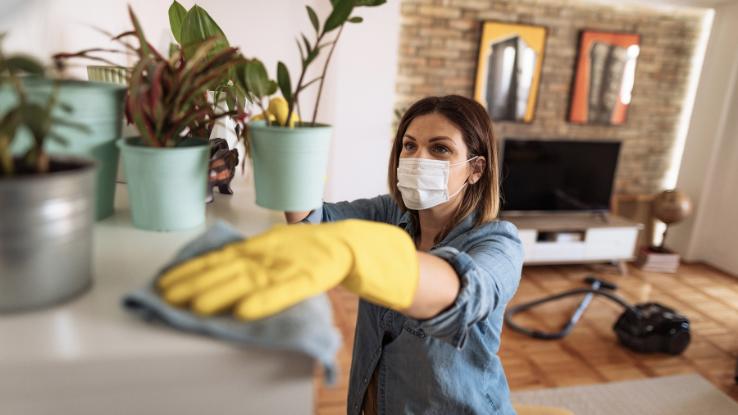
Dust mites are tiny creatures — so tiny that you’ll need a microscope to see them. But just because you can’t glimpse them with the naked eye, doesn’t mean they aren’t wreaking havoc. In fact, dust mites capable of surviving on surfaces for over a month if they’re not properly removed. A common allergy and asthma trigger, dust mites will make you sneeze and, in some cases, cause skin rashes.
Since they’re difficult to detect, you’ll want to clean on a regular basis. Of course, with the COVID-19 pandemic keeping us indoors, that complicates things a bit. With this in mind, we’ll take a look at everything you need to know about dust, dust mites and how to mitigate their irritating effects.
Dust Mites 101
By now you may be looking around your home for signs of dust mites. Unless you have a microscope handy, you won’t find the evidence you’re looking for, but, as you can see here, they’re white, spider-like creatures. To make matters more unappealing, dust mites actually feed on our dead skin cells; in fact, as we unknowingly shed our skin cells, we’re feeding up to 1 million mites daily.
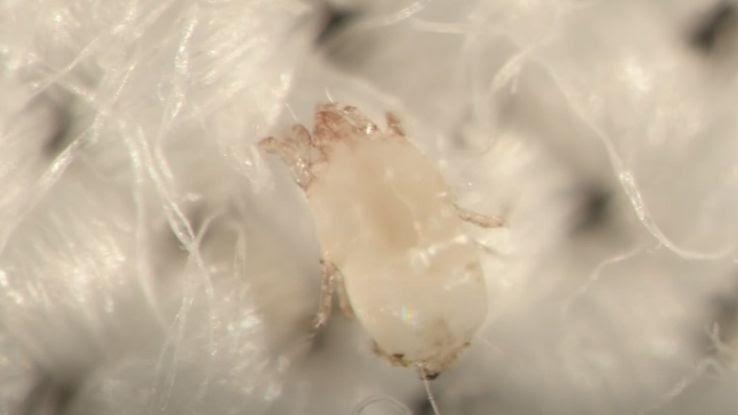
Due to these feeding habits, dust mites most often hang out on mattresses, carpets, and curtains. But any cloth, fibrous surface will do. Although this sounds unnerving, it’s important to note that dust mites aren’t the same as bed bugs. These pests won’t bite you, for example, but they might give you an itchy skin rash.
Does Your Home Have Dust Mites?
The quickest way to check if your home has dust mites or not is to pay attention to any common symptoms of a dust mite allergy. Since you won’t be able to see them, you’ll have to focus on your own health. This symptom checklist can help with that process:
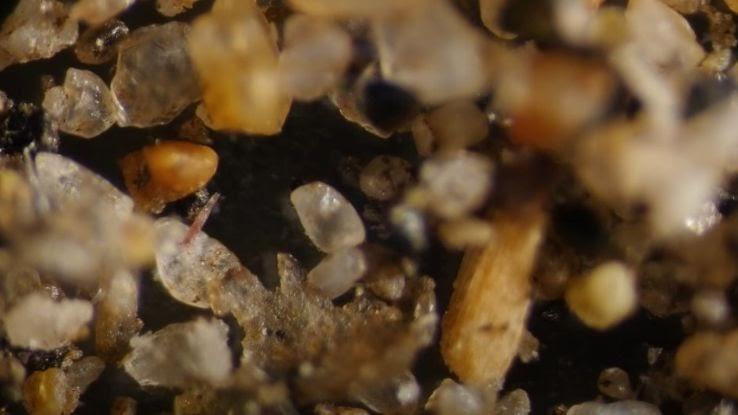
- Are you sneezing more often? Are you experiencing sneeze attacks?
- Are you coughing more than usual?
- Is your nose runny or stuffy?
- Are your eyes itchy or watering often?
- Is your skin red and/or itchy skin?
- Does your throat itch for seemingly no reason?
If you answer “yes” to more than one of these, you’re most likely living with these pesky creatures.
Treating Dust Mite Allergies
Depending on the severity of your symptoms, you may require medical attention. Luckily, you can get plenty of over-the-counter medication to help reduce the severity of those allergy symptoms. (Remember: Even if you think your symptoms are mite-related, checking in with your doctor or healthcare provider is always a good idea.)
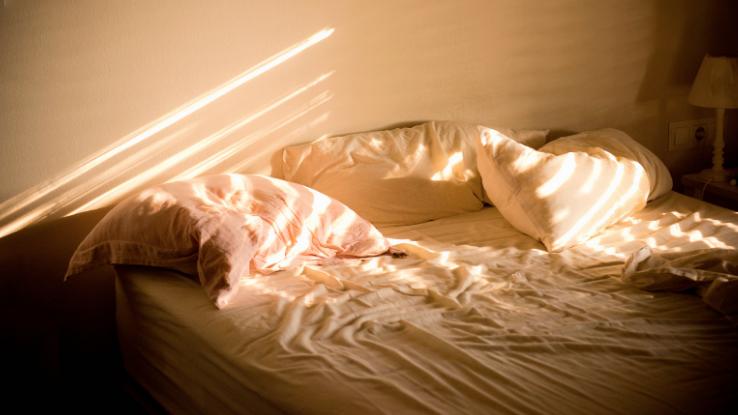
Zyrtec, Allegra, Benadryl and Other Antihistamines:
Antihistamines block histamine, a compound that’s released by your immune system during an infection. Histamine causes stuffy and runny nose, itchy mouth, and much more. Using over-the-counter antihistamines can help relieve these symptoms and reduce how severely histamine impacts your immune system.
Short-Term Relief Decongestants:
These are commonly referred to as nasal sprays or nasal drops. Much like antihistamines, you won’t require a prescription for these, and the majority of them help with colds, headaches, and various types of pain. They have minimal side effects and can be taken up to four times a day, depending on the product.
Medication Prescribed by the Doctor:
If your dust mite allergy is severe, you may want to consult a doctor and get a proper prescription. Among the most commonly prescribed medications is Clarinex, which comes in liquid or tablet form. These medications aren’t available over the counter and, as such, are usually better at treating a specific allergy issue, versus the more broad strokes over-the-counter medications.
Getting Regular Allergy Shots:
Last but not least, you may also want to consider getting allergy shots. These require a routine treatment and may take a while before they’re effective. If you’re looking to treat other allergies on top of dust mites, this may be a perfect solution.
How to Get Rid of Dust Mites
So, how can you make sure your home is dust mite-free? Well, the truth is, you can never remove them completely. However, you can minimize your allergic reactions by cleaning your home on a regular basis.
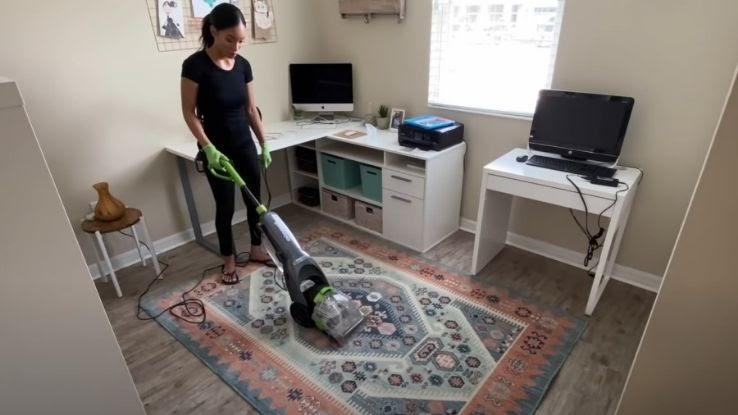
You can purchase special allergen-proof bedding that prevents dust mites from settling in. However, the best way to keep your allergies under control is to wash and dry your bedding often: In fact, washing it in hot water will almost instantly remove the dust mites. Make sure you also wash any stuffed toys or pillows.
Additionally, dust frequently, vacuum regularly, and wash often; curtains and carpeting should also be thoroughly cleaned. Looking to take more precautions? Try purchasing a HEPA purifier or humidifier since exposing dust mites to heat (or freezing them) kills them rather instantly.
Does this still sound overwhelming? Following these tips and tricks could help:
- Set a timer for 10 minutes every day and, within those 10 minutes, clean a particular part of the house.
- Have a designated space for every object in your home, and always put that object back after cleaning or using it.
- Make your bed every morning.
- Pick a day every week that’s dedicated to washing and changing your bedding.
- Invest in a powerful vacuum, and, if possible, always vacuum after dusting.
- Use eco-friendly cleaning products.
If dust mites are a concern, don’t wait for your symptoms to get worse. Keep a clean home by setting up sustainable cleaning habits — ones that you’ll actually follow through on.
Resource Links:
- “Common Asthma Triggers” via Centers for Disease Control and Prevention (CDC)
- “Dust Mite Allergy” via Mayo Clinic





